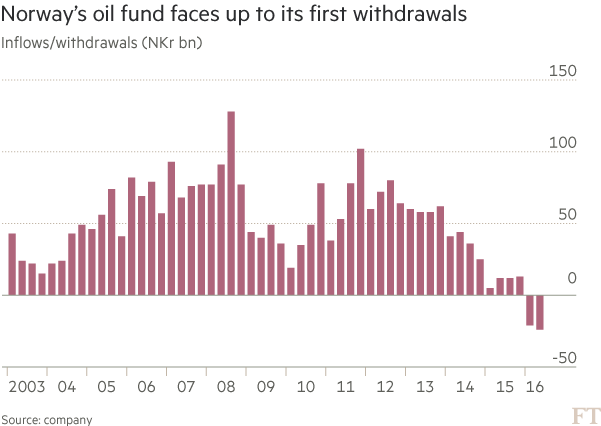So far in this blog I’ve explained how cars account for more
than you might think of the globe’s anthropogenic Carbon emissions. I’ve also
pointed out that traditional petrol and diesel vehicles make use of a
non-renewable resource (oil).
Hopefully by now it’s obvious that if we are to keep driving
cars, it would be beneficial to move away from traditional petrol and diesel
vehicles with internal combustion engines that emit carbon from the exhaust. 10
years ago,
Joe Romm
(‘The Web's most influential climate-change blogger’ –
Time [talk about setting the bar
high!]) advised that ‘
Ultimately,
we will need to replace gasoline with a zero-carbon fuel’ and I believe
that now, more than ever, his words still ring true.
Whilst it’s true that electric vehicles do not directly,
individually, emit any carbon, today I will try to examine whether: 1.
Electricity is a zero-carbon fuel and 2. Whether we can say that electric cars carbon-free
and use renewable resources.
As far as being a fuel for cars goes, it seems quite simple.
Unlike an engined vehicle, there is no carbon by-product of propulsion in an EV so
switching to EVs would result in no carbon being emitted by the vehicle. So no direct pollution. To
rephrase that, a normal car ‘burning petrol’ releases Carbon Dioxide but an electric
car ‘using electricity’ doesn’t.
Does that mean that it’s a zero carbon fuel
though?
The simple answer, is it depends.
Specifically, it depends how you generated that electricity
in the first place.
In areas where coal is used to generate electricity, then
CO2 emissions from the generation process are substantially higher
than methods such as tidal / wind or solar power. That’s pretty basic and may
seem pretty obvious to some. All this is based on the assumption that one
charges one’s EV from the national grid supply. So I guess the answer is that
electricity can be a zero-carbon fuel
(if we forgo the manufacturing and installation carbon emissions of the
generator- for example, a wind turbine or solar farm) but it can also be a
carbon heavy fuel as explained above.
Armed with this knowledge, we can realise that
when thinking
about whether electric cars are carbon free, it really depends on where the
electricity comes from. This
report
by Lindsay Wilson for the research group,
Shrink that Footprint has a great figure that demonstrated this perfectly.
 |
| This chart shows the carbon emissions of an electric vehicle for different countries. For countries that use coal and other fossil fuels for their electricity generation, each electron is responsible for a higher amount of carbon. |
We can see that when using
available data on power generation from a variety of countries, an imaginary electric
car running on electricity generated in India would effectively account for the
emission of 370 g CO
2e/ km (based on assumptions of efficiency and
manufacturing emissions, explained on
page
5 of the report).
By comparison, the very same vehicle running on
electricity generated in Iceland or Paraguay would effectively account for the
emission of 70 g CO2e/ km.
The reason that this figure is not
0 g CO2e/km is that the research estimates the carbon emitted during
the manufacturing process of the vehicle (10.5 t CO2e) and then divides
it by the estimated lifespan of the vehicle (150,000KM) which gives a driving estimate
of 70 g CO2e/ km.
In other words, 70 g CO2e/ km is the
lowest possible figure and indicates that the process of generating the
electricity resulted in zero carbon emitted.
Therefore, whilst the electricity
used in EVs can be ‘carbon free electricity’, there’s carbon that is emitted in
the manufacturing process which means that EVs themselves cannot be seen as
truly ‘carbon free’.
On the note of manufacture, it is
true that more carbon is emitted during the manufacturing process of an EV vs
an ICE car at 10.5 t CO2e compared to 8 t CO2e, of which
battery manufacture is the main culprit, accounting for an estimated 4 t CO2e.
However, over the same lifetime, these manufacturing emissions translate to 53.3 g CO2e / km for an ICEV. That difference of 17 g CO2e / km (remember it's 70 g CO2e / km for an EV) is easily covered by the decreased
carbon emissions from EVs, except in
certain cases which I will explain in my next post on some of the challenges
facing the widespread adoption of EVs as a solution.
So I guess the answer is that electric cars aren't completely carbon free as a result of carbon emitted during their manufacture, HOWEVER, they are 'carbon free-er' than ICEVs.
Finally, do electric cars use
renewable resources?
Once again, it
depends.
This time it’s pretty simple though. Electric vehicles use
electricity. If that electricity was regenerated using a renewable resource
such as the sun, wind or wave power, then your EV uses renewable resources.
On the other hand, if the electricity that you charge your EV with is generated
through burning fossil fuels, then no, your electric car is using non-renewable
resources.















